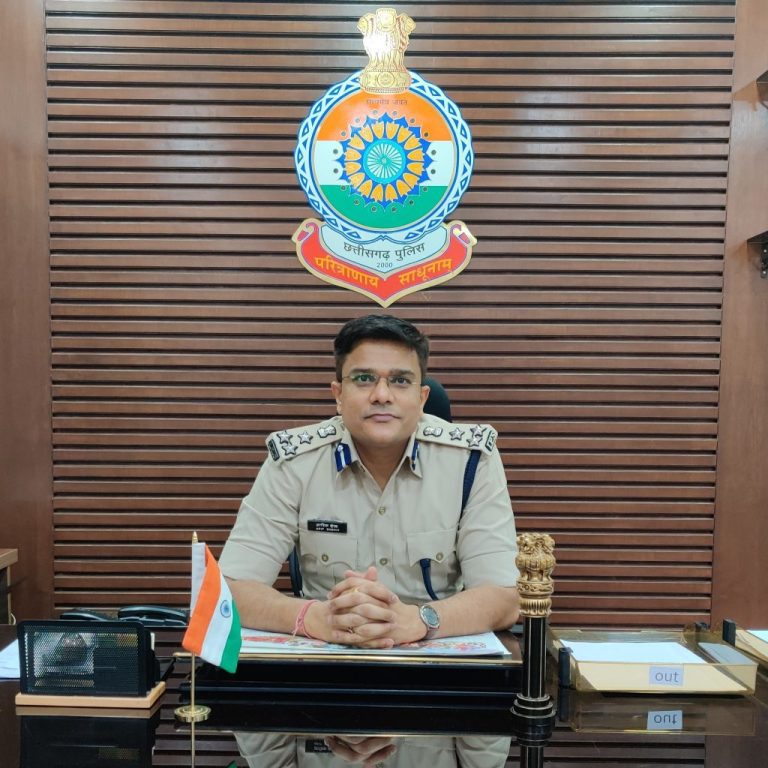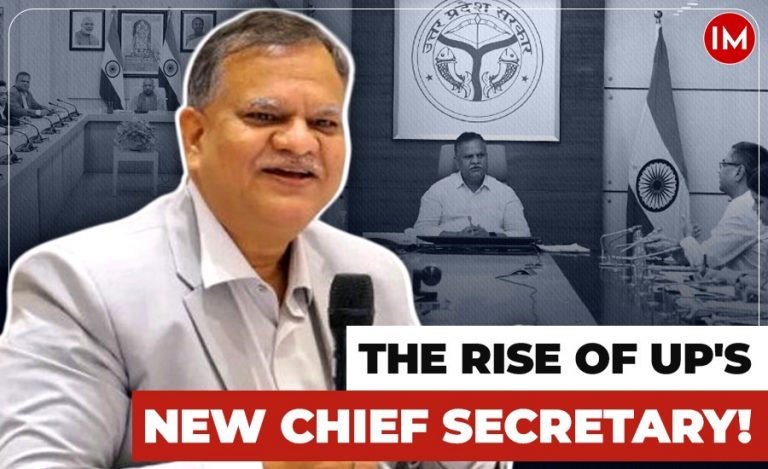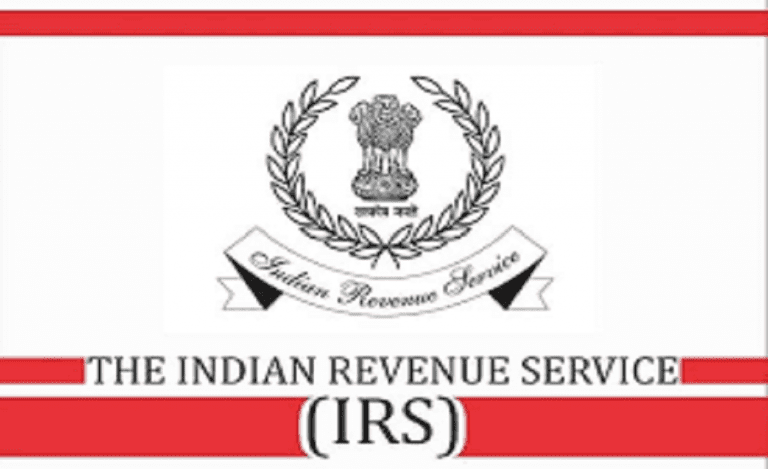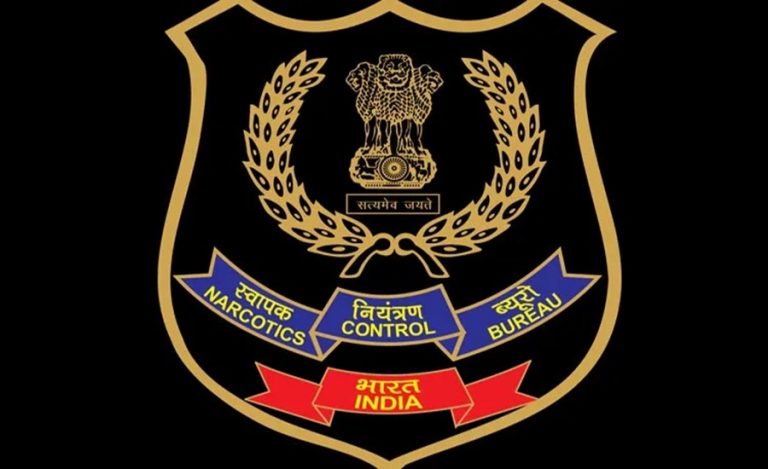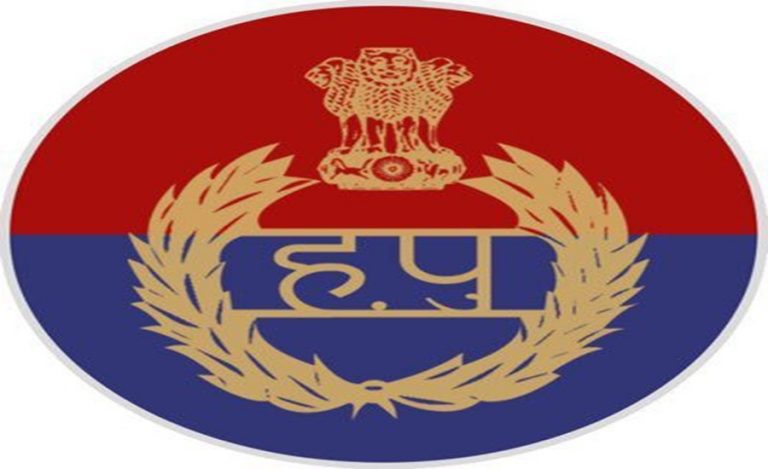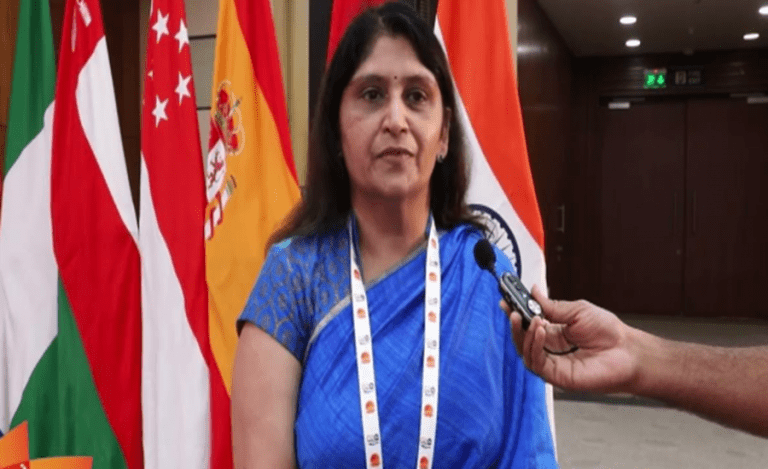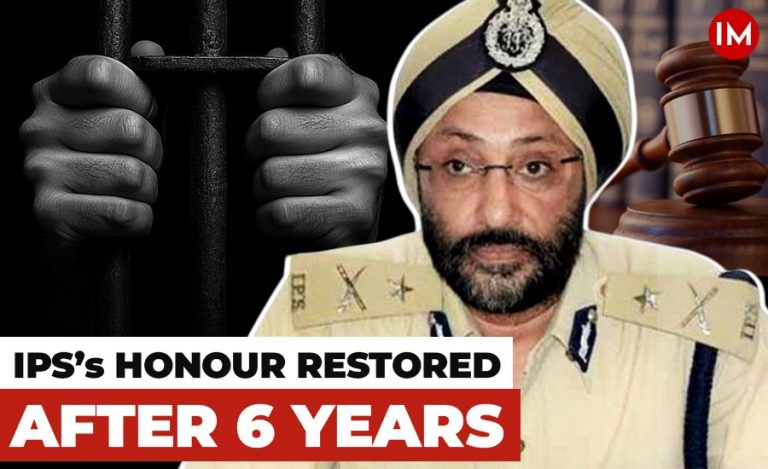To win people trust, police departments of various states have been focusing on community-oriented policing to strengthen the bond between police and public. Different interventions have been launched in regions known to be sensitive, like the tribal areas, to bridge the gap. Many officers who led these interventions not only got the love of the people but were also appreciated by the government.
A 2005-batch officer of Chhattisgarh cadre, Mr. Arif Shaikh, is one of them. Known as the ‘people’s cop’, he was awarded for his efforts to build strong police-public relationship with the DG BPR& D (Bureau of Police Research & Development) commendation for work in community policing.
The officer who is currently the DIG, Anti-Corruption Bureau & Economic Offense wing, Raipur (Chhattisgarh) has documented some common interventions for the slums which can be implemented in the whole country. The whole study was mentored by Mr Devraj (retd IPS, Rajasthan cadre) and Mr Pratheep Phillip (retd IPS Tamil Nadu cadre). Both the senior officer also steered the project report. During a conversation with Indian Masterminds, he talked about this project in detail.
LACK OF SINGLE UNIFORM POLICY
There was a lack of a single uniform policy in the country and no documents were available which could by referred to by others and implemented. Police departments in different states were working on their own community policing projects. To sort this out, a uniform policy was conceived by the micro mission for community policing under the National Police Mission of BPR& D.
Mr. Shaikh and his team studied many projects already implemented across India and selected 11 such projects which could be implemented by the states to better the condition of the slums.
When asked why not just one project, he replied, “We didn’t want to suggest one single initiative because of the prevailing local conditions. Every area has their own specific needs and challenges. We wanted that the state should select those projects which are best suited for them and can also modify according to their wish.”
In the document presented by Mr. Shaikh, three basic dependencies were also highlighted which is important to launch any of the 11 interventions suggested therein.
First is the establishment of beat system and appointment of beat officers who will build good repo with the local people. This will help the police to get information and act accordingly.
Second is Community liaison group whose representatives will be selected by the beat officers. Ample representation of women is mandatory in these group. The beat officers and CLG will work together to identify the problems of the slums and solutions.
Third, and the most important, is the volunteers who eventually become the hand, eye and ear of any intervention.
SUGGESTED PROJECTS
Mr. Shaikh and team selected projects from various parts of the country. Sighting an example from his own service, he said, “We have suggested a community outreach program which should be focused on roping in the locals for solving small-small issues like garbage and drainage problems and keeping a check on minor crimes. While I was posted as SP, Bilaspur, we started a similar project named Mahila Commando in Devri Khurd region. The teams were led by a women constable and helped in night patrolling. Counselling girls, awareness on menstrual hygiene and self-defense training were also part of that project.”
A model working in Kerala has also been selected, which focuses on helping woman self-help groups in getting loans from the bank for starting business of their own.
Similarly, a project focusing on vocational training for youth by Delhi Police, another one by Tamil Nadu Police that takes care of health, hygiene, education and nutrition of children have also been selected.
A dispute resolution initiative by Mumbai Police, known as Slum Panchayats, has also been given space to settle local problems at the slum level.
BUDGET OUTLET
Mr. Shaikh and team has also planned the budget outlet for these projects. “At the start, 12 district will be selected for implementation of these projects with a budget of 25 lakhs. After the study of the impact, the projects will be open for states for implementation. However, it’s the state’s wish to launch a project or not because our task was only limited to suggestion.”

